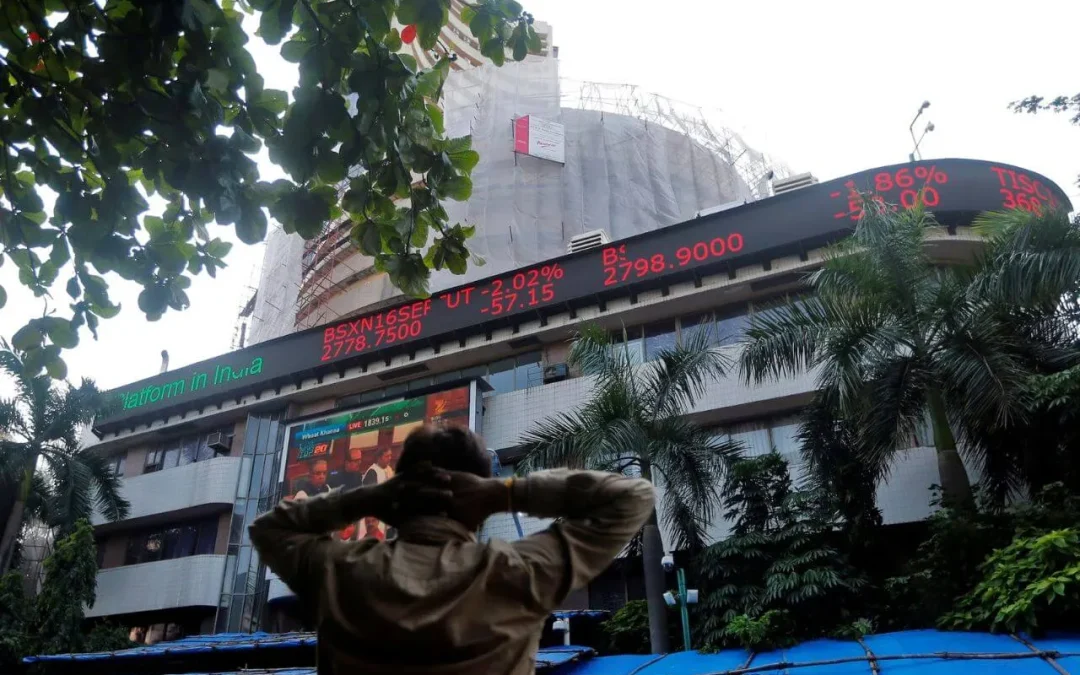This telecom sector stock, which was once a shining star in India, experienced dramatic ups and downs. At its peak, it was considered a multibagger stock, delivering massive returns for investors. However, in recent years, it has turned into a “multibegger,” a term used for stocks that destroy wealth due to poor performance.
For example, if someone had invested Rs. 1 lakh in the company’s stock 18 years ago, it would have turned into around Rs. 210 today, reflecting a crash of nearly 99.8 percent in value. This article explores the company’s journey, its rise, fall, and current state, using simple words to break down the story.
The Glory Days of Reliance Communications
In the early 2000s, Reliance Communications, led by Anil Ambani, was a game-changer in India’s telecom industry. It offered affordable mobile services, making phone calls and internet access available to millions.
The company’s stock was a favorite among investors, as it grew rapidly and delivered huge profits. During this time, RCom has given a return of 259.21 percent in just 2 years, surging from Rs. 220.90 on June 9, 2006, to Rs. 793.50 on January 11, 2008.
RCom’s success came from its aggressive pricing and innovative offerings. It launched CDMA-based services and later expanded into GSM, capturing a large market share. The company also invested heavily in infrastructure, like undersea cables and data centers, to support its growing customer base. By 2008, RCom was one of India’s top telecom players, and its stock price reflected this success.
The Downfall Begins: Debt and Competition
The turning point for RCom came after 2008. The telecom industry became fiercely competitive with new players like Airtel, Vodafone, and other competitors in the market. Price wars erupted, forcing companies to offer cheaper plans, which hurt profits. RCom struggled to keep up, as it had taken on massive debt to fund its expansion plans.
The company’s debt piled up to over Rs. 49,000 crore by 2017, making it hard to pay interest or invest in new technology like 4G. Meanwhile, Reliance Jio, launched by Anil Ambani’s brother Mukesh Ambani, disrupted the market with free calls and cheap data. RCom lost millions of customers, and its revenue plummeted.
By FY20, RCom’s revenue had crashed to Rs. 1,685 crore, a massive drop from its FY16 high of Rs. 25,594 crore. Worse, it reported a staggering net loss of Rs. 42,677 crore in FY20, showing how quickly its fortunes reversed. The stock, once a multibagger, started crashing, turning into a multibegger as investors saw their money vanish.
Financial Struggles and Insolvency
By 2017, RCom was in deep trouble. It failed to repay loans, and banks declared it a defaulter. The company tried to sell assets, like its wireless business and towers, to reduce debt, but these efforts fell short. In 2019, RCom filed for bankruptcy under India’s Insolvency and Bankruptcy Code (IBC). This was a major blow, as it showed the company could no longer operate without court intervention.
During the insolvency process, RCom’s value dropped sharply. Its assets, once worth billions, were sold at low prices. For example, its spectrum and real estate fetched far less than expected.
By FY25, RCom’s financial situation remained poor. The company’s revenue fell to Rs. 358 crore, a decline of 6.53 percent compared to Rs. 383 crore in FY24. Its net loss in FY25 was Rs. 9,389 crore, a significant jump from Rs. 7,212 crore in FY24, showing ongoing financial distress. These numbers highlight how far RCom has fallen from its FY16 peak. The company’s market cap in June 2025 was just Rs. 467.38 crore, and its share price was a mere Rs. 1.69 on the NSE, a far cry from its multibagger days.
Current Status of Reliance Communications
As of June 2025, Reliance Communications is a shell of its former glory. It no longer competes in the telecom market and focuses on managing its remaining assets, like real estate and enterprise services. The company is still under insolvency proceedings, with little hope of a full recovery. Its stock price is now a fraction of its peak value, trading at levels that reflect its dire situation.
Investors who held RCom shares from its multibagger days have faced massive losses (99 percent). The stock’s decline serves as a cautionary tale about the risks of investing in companies with high debt and weak fundamentals. While Anil Ambani’s other companies, like Reliance Infrastructure and Reliance Power, have seen recent gains, RCom remains a laggard with no clear path to revival.
Lessons for Investors
RCom’s journey from multibagger to multibegger teaches important lessons. First, taking on too much debt can destroy even the strongest companies. RCom’s massive loans became a burden when competition grew. Second, industries like telecom change fast, and companies must adapt to survive. RCom’s failure to keep up with Jio and 4G technology led to its downfall.
Finally, investors should be cautious about chasing multibagger stocks without checking their financial health. Diversifying investments and avoiding companies with high debt can protect against multibeggers like RCom.
Today, RCom is a shadow of its former self, stuck in insolvency with little hope of recovery. Its story, from earning Rs. 25,594 crore in FY16 to a mere Rs. 358 crore in FY25, shows how quickly a telecom giant can fall from Rs. 793.50 to Rs. 1.77. For investors, RCom’s journey is a reminder to stay cautious and focus on companies with strong fundamentals to avoid the pain of a multibegger.
Written By – Nikhil Naik
Disclaimer

The views and investment tips expressed by investment experts/broking houses/rating agencies on tradebrains.in are their own, and not that of the website or its management. Investing in equities poses a risk of financial losses. Investors must therefore exercise due caution while investing or trading in stocks. Trade Brains Technologies Private Limited or the author are not liable for any losses caused as a result of the decision based on this article. Please consult your investment advisor before investing.


